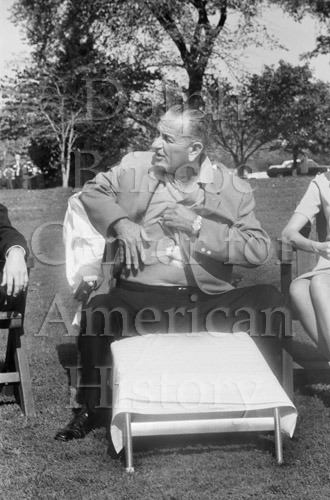Cancer Lesson #83: Stop viewing Pinktober through rose-colored glasses.
It’s October 1, and today someone was diagnosed with breast cancer.
Correction: The diagnosis wasn’t handed to one person, but to about 680 in the U.S. alone (calculated using the number of expected diagnoses in 2016 from the statistics at Breastcancer.org).
Over 600 people have just had their lives hijacked — temporarily or permanently — by a disease that a week ago belonged to someone else.
Breast cancer is now theirs, a choice they didn’t make and one in which they had no say. Neither heroes, nor victims, these men and women are just people — like myself and countless others — who have been handed a diagnosis they probably weren’t expecting and aren’t quite sure how to face.
The same thing will happen tomorrow, and the day after, and the day after that — long after the “breast cancer” merchandise, festooned and beribboned in pink, is languishing on the clearance rack.
And guess what — announcing your relationship status or the color of your underwear on Facebook won’t help any of them. Many of the pink articles you see in stores won’t either. They are produced merely to line the pockets of those companies that produce them.
Some argue these activities and merchandise raise awareness of the disease, but I think by now we’re all pretty aware. Don’t you?
Perhaps it’s time to move beyond awareness to actually doing something.
If you happen to find Pinktober a good reminder to support breast cancer research, I thank you. But I would ask that you make sure your contribution makes a difference, that your hard-earned money is going to a charity that actually does something to prevent, treat, or research breast cancer or to support its patients. You can do this by following the simple guidelines at Thinkbeforeyoupink.org. Should you choose to delve further into this website, you’ll see it raises other valid concerns about the commercialization of my disease.
I’m not a curmudgeon about this issue, completely against the “pinking” of breast cancer. In fact, if you follow this blog, you know when I was first diagnosed, my co-workers wore pink ribbons to show their support, a gesture that moved me to tears. So, my relationship with the color is somewhat conflicted. (See “Cancer Lesson #25: The Wearing of the Pink.)
But breast cancer isn’t pretty. No disease is, and all the pink in the world won’t change that. I find as the years pass, I object more and more when companies turn an illness into an opportunity to not only profit, but to sexualize a disease that can kill. (See Psychology Today: “Do Sexy Breast Cancer Campaigns Demean Women?)
I know I am one of the lucky ones. Five years out, I’m still here to write complain about this issue. For this reason, I rarely talk about my scars, about how they sometimes ache when the weather changes, how I can feel them pull when I stretch too hard, how wearing a bra gets uncomfortable after a while.
Then there’s the Anastrozole side-effects: osteoporosis (which my oncologist assures me will remedy itself once I’m off the drug), hot flashes that make it impossible to get a full night’s sleep, the padding of extra pounds I can’t seem to lose, and hair that falls out by the handful (not as extreme as it was with chemo, but disheartening nonetheless).
Because I know I’m lucky, it’s unusual for me to discuss the physical reminders of my experience. I write more about how cancer affected my outlook, my way of thinking about the future and about the realization that we all die.
Still, having cancer changed me both physically and mentally, and though I cannot tell you exactly how it will affect those diagnosed today, I know it will change them too, in ways they can’t foresee.
So, the next time you get a Facebook post that breathlessly asks you to share a “girly” secret status to support breast cancer, think of the 680 people who got the news today and whether that status is going to make a difference to their lives. (And, by the way? We all know men get breast cancer too, right? So, the “girly” idea doesn’t quite fly.) Before you buy that new lipstick or pair of socks to “support breast cancer,” find out exactly how your purchase is making a difference.
As I said, I’m lucky. I am able to do all the things I did before I got cancer — ride my bike, play soccer as badly as I ever did, go flying with The Engineer. 
On this first day of Pinktober, I’m praying the 680 people getting the diagnosis today are able to share a similar future.
Addendum: In reviewing this post before publication, I must add three things. First, I should say I have joined in the “girly” Facebook games in the past and admit they could be viewed as just having fun. That’s OK, as long as the participants realize they have little to do with supporting breast cancer patients. Second, this post is my opinion. I would never presume to speak for other breast cancer patients, former or current. And last and most importantly, this is an issue where the patient gets the final say. So if you want to know how you can best support someone who’s been diagnosed, try asking them.


